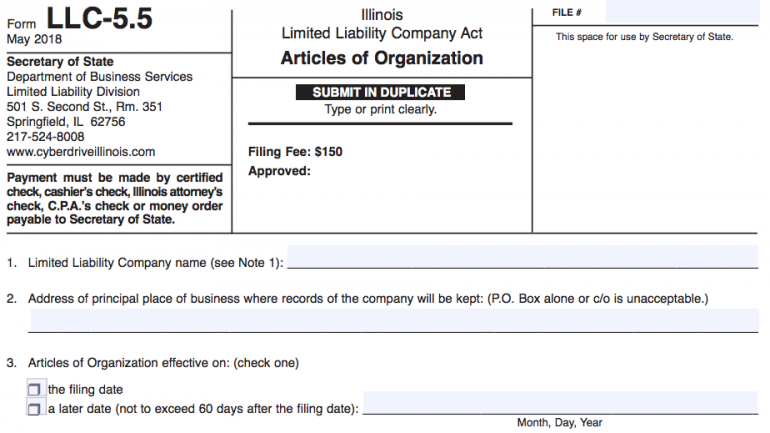

On the contrary, a company’s assets and liabilities are distinct from its shareholders and directors.I think you should stop right now and speak with a good tax and business attorney. Partners can be personally liable to the extent of their own assets for the firm’s liabilities.Companies, however, can exist for conducting purely charitable objectives as well.

The partnership firm must conduct some form of business.The partnership firm can be a legally-recognized entity, unlike sole proprietorships wherein the owner and business are treated alike.Companies need not always share profits will their shareholders. This does not always happen in companies where members can be individually responsible for their actions. Partners are liable for each others’ actions.Question: Considering the features and definition of partnership, briefly explain how partnerships differ from other forms of business.Īnswer: Partnerships differ from other forms of business like companies and sole proprietorships on the following grounds: Now that we are clear with the definition of partnership and its peculiar features, let’s test what we have learned. All partners are liable for acts of the firm individually and severally. The decisions of one partner taken in the ordinary course of business will bind other partners as well. This principle means that all partners are agents for each other. We commonly refer to such a peculiar relationship between partners as the principle of agency. Principal-agency relationshipĪ partnership firm’s business may be conducted either by all partners together or by one partner acting on behalf of all others. Consequently, all partners need not share losses as well. It is noteworthy to point out that the law only requires the sharing of profits amongst partners.

A person who works for the partnership business without having a share in its profits may be an employee, but not a partner. Profit sharingĪ partnership does not exist unless partners share the profits of their firm. What is essential is that the firm must work with the intention of earning profits. Section 2 says that business includes any trade, profession or occupation. There can be no formal partnership under the Partnership Act if the partners carry out charitable activities. The existence of a business is an essential feature of partnerships. Browse more Topics under Introduction To Partnership Accounting

This includes details pertaining to their work as partners, the firm’s businesses, their profit and loss sharing ratio, etc. Such written or oral agreement between partners must ensure that they are clear on their status as partners of their firm. If it exists in written form, we refer to such an agreement as a partnership deed. Partners may make such an agreement either orally or in writing. The definition of the partnership itself makes it clear that there must exist an agreement between partners to work together and share profits amongst them. Features of PartnershipsĪ typical partnership form of business will always have the following basic features. The members of such a business are individually called partners and collectively, a firm.Ĭonsidering the definition of partnership we just learned, let us now take a look at some features of partnerships. Further, the firm’s business must be carried on either by all of them together or by one of them acting on behalf of others. Section 4 of this Act defines a partnership as the relationship between partners who have agreed to share the firm’s profits carried on by all or any one of them acting for all.Ī bare reading of this definition shows that a partnership requires partners who share their firm’s profits amongst each other. The Indian Partnership Act, 1932 governs partnership forms of business in India. We will start by understanding the definition of the partnership first. Let’s take a look at partnerships in detail. Partnerships allow partners to share their resources collectively and expand their business. To overcome these difficulties, people prefer coming together and forming partnerships. Sole proprietorship forms of business suffer from drawbacks like limited capital and lower access to resources.


 0 kommentar(er)
0 kommentar(er)
